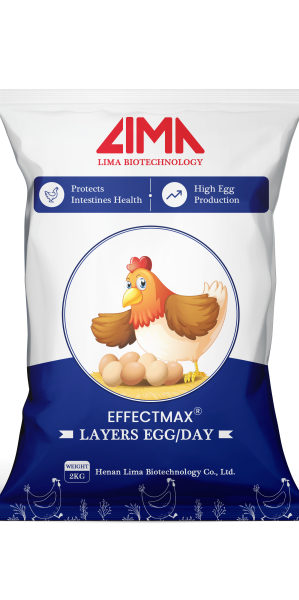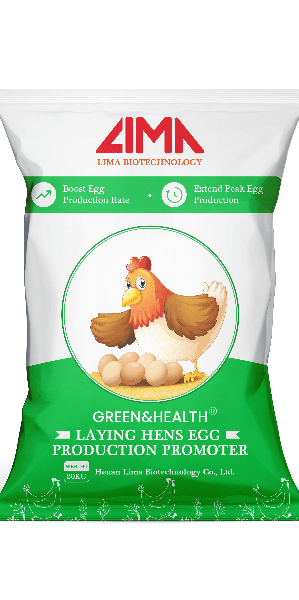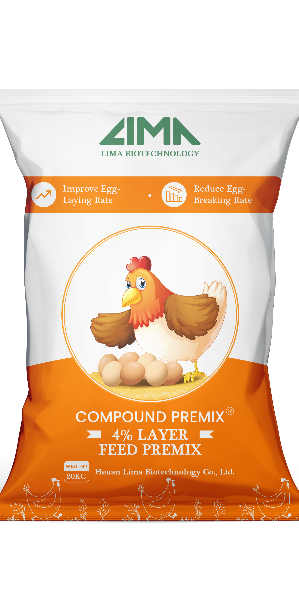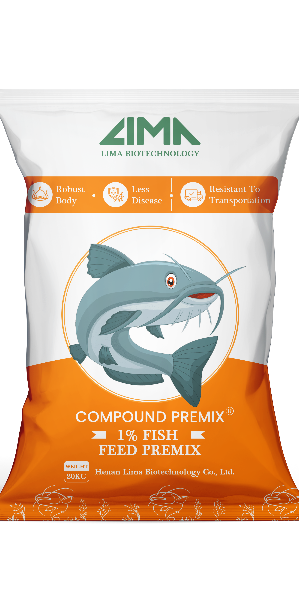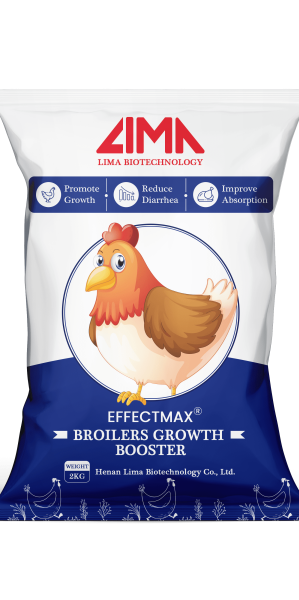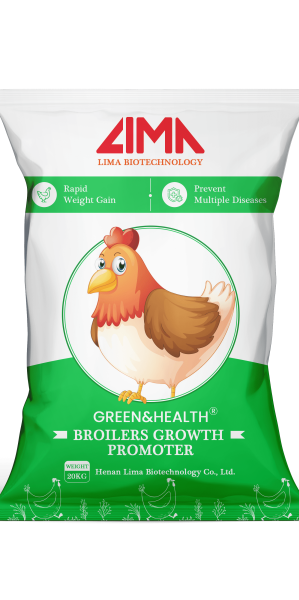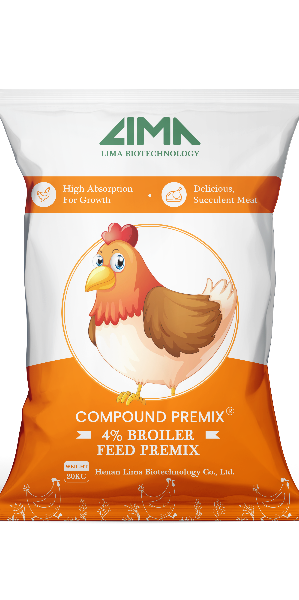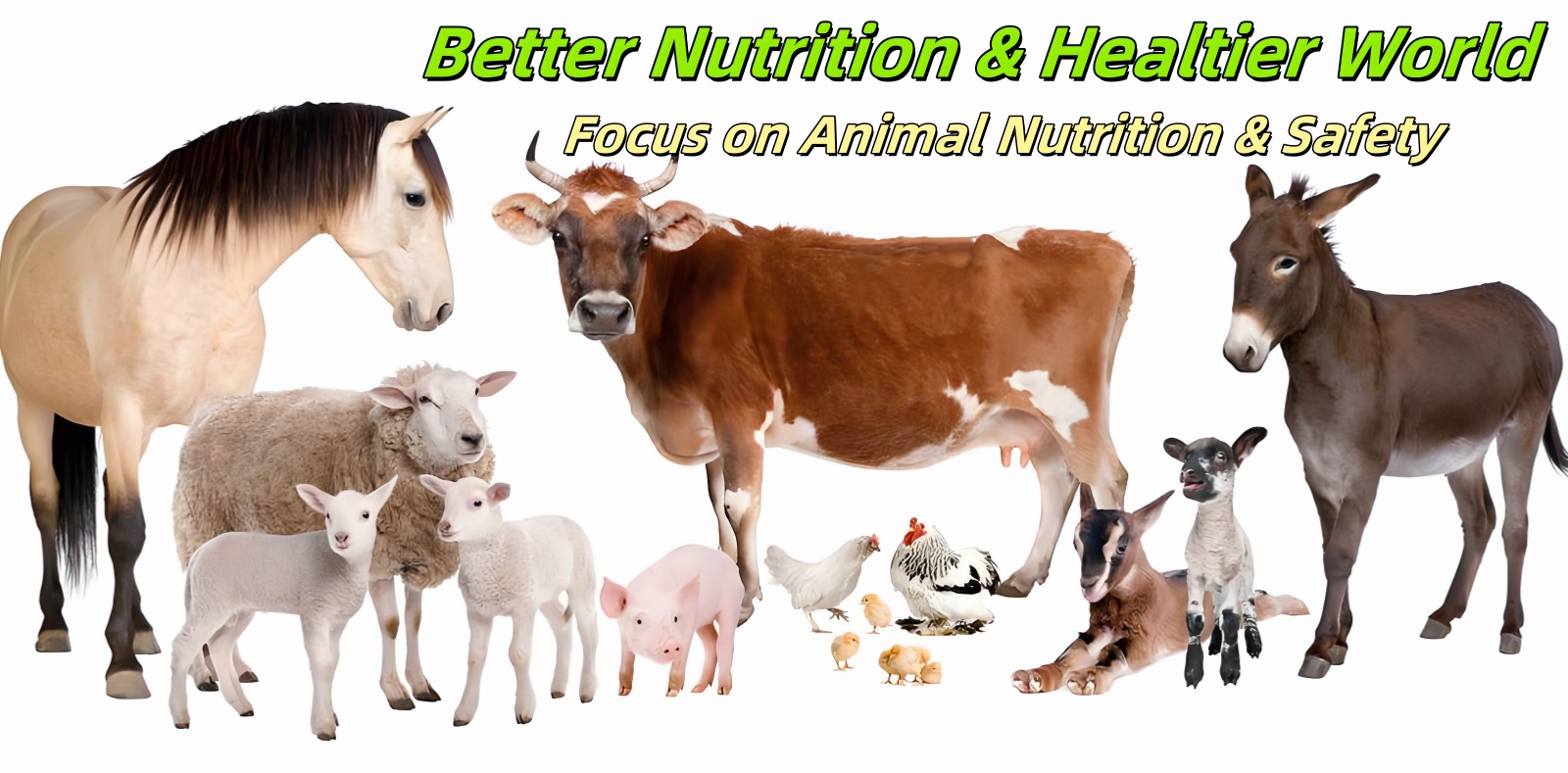In the vast field of poultry farming, disease is always a huge haze hanging over the heads of farmers, not only threatening the life and health of poultry, but also posing a serious challenge to the sustainable development of the entire poultry industry. From large-scale commercial farms to small-scale breeding bases carrying the hopes of families, a sudden disease can trigger a “domino” effect, bringing incalculable losses. Therefore, in-depth understanding of poultry diseases and effective prevention and control strategies have become the core issues for every poultry farmer.

1.Why is disease such a concern in poultry?
As an important pillar of the agricultural economy, the poultry industry plays a key role in securing food supply and promoting economic growth. However, certain highly destructive diseases, such as avian influenza and Newcastle disease, may spread rapidly once they break out in poultry flocks, leading to massive poultry deaths. In the case of avian influenza, for example, its rapid spread and wide range of infection will not only cause poultry breeding enterprises to suffer direct economic losses, but may also trigger consumer panic, leading to a drop in market demand and the entire industrial chain being plunged into difficulties. In addition, when an epidemic occurs, the government will often take quarantine and isolation or trade embargo measures to restrict the circulation of poultry and related products in the infected area, which is undoubtedly a heavy blow to poultry enterprises that rely on exports. For small-scale farmers, a single disease outbreak may mean a loss of blood money and years of hard work down the drain.
2. How to identify a sick chicken?
Timely detection of sick chickens is the first step in preventing and controlling the spread of diseases in the daily breeding process. This requires farmers to have a keen sense of observation and be familiar with the various symptoms of sick chickens.
(1) Abnormal behavior and signs
Diseased chickens often show behavioral characteristics such as lethargy, lack of energy and drooping wings, as if they have lost their old vitality. Loss of appetite is also one of the common symptoms. They used to compete for food and become indifferent to feed. In addition, swelling of the head, eyes, crown, meat lobe and hocks, as well as purple discoloration of the meat lobe, crown and legs are important signs of a sick chicken. Respiratory symptoms such as nasal discharge, coughing, wheezing or sneezing should not be overlooked. Some sick chickens may also show neurological symptoms such as loss of coordination, complete paralysis, muscle tremors or neck twisting, as well as digestive symptoms such as diarrhea. For broiler breeders, a sudden drop in egg production, as well as the appearance of soft-shelled and deformed eggs, can be a warning that a chicken is sick.
(2)Abnormal breathing sounds
Apart from observing the appearance, listening to the breathing sound of the flock is also an important way to recognize sick chickens. After the flock has quieted down, farmers should listen patiently for abnormal “snick” sounds, such as sharp “squeaks”, cough-like “clucks”, or grunts and purrs. Abnormal “snick” noises such as sharp “squeaks”, cough-like “clucks”, or gurgles and grunts may indicate a flock health problem. These abnormal sounds may be indicative of a respiratory infection and require prompt action.
3. Identify & prevent the 6 most common chicken diseases
(1) Marek's disease: A killer of young chickens
Marek's disease is a highly contagious viral disease that mainly affects young chickens, with clinical symptoms usually appearing at 6 to 30 weeks of age. Affected chickens develop tumors that can lead to paralysis and even death. Because the symptoms are similar to other diseases, a veterinarian's autopsy is required to confirm the diagnosis. Vaccination is key to preventing Marek's disease. The “in ovo” vaccination method can be used, i.e. vaccination during egg incubation or on the day of chick hatching. In addition, when introducing new chickens or chicks, make sure to remove all feather dander to reduce the risk of virus transmission. This is because feather dander can carry a large number of viruses and is an important vector for disease transmission.
(2) Coccidiosis: A destroyer of intestinal health
Coccidiosis is caused by the coccidian parasite, which mainly affects the gastrointestinal system of chickens, leading to anemia, poor growth and diarrhea. In severe cases, it can lead to chicken death. Preventing coccidiosis requires a multi-faceted approach. First, it is important to prevent water spills and avoid mixing chicken manure with water to create a breeding environment for coccidia. This is because coccidia are highly susceptible to reproduction in a moist environment. Second, keep the coop soil dry, especially in feeding and nesting areas. Use a good quality coop bedding, such as Lima Biotech Anticoccidials Chicken Coop Fresh Shavings, which absorbs excess moisture and inhibits coccidia growth. Additionally, feeding medicated feed, such as Lima Biotech Anticoccidials Chicken Starter Growth Medicated Feed Crumbles, is also effective in preventing coccidiosis and helping to protect chicks from coccidia as they grow.
(3) Avian Influenza: The Number One Threat to the Global Poultry Industry
Avian influenza is one of the diseases that have the greatest impact on the poultry farming industry worldwide, and many poultry have died as a result of infection with the virus. Symptoms of avian influenza include dehydration, loss of appetite, sudden death, lethargy, diarrhea, bleeding from legs or feet, and respiratory distress. Since these symptoms are similar to other diseases, a veterinarian is needed to confirm the diagnosis. Currently, there is no effective vaccine or treatment. The key to preventing avian influenza is to adopt strict biosecurity measures. Farmers should avoid sharing feed, equipment or exchanging poultry with other chicken owners to prevent the virus from spreading from flock to flock. Thoroughly clean and disinfect vehicles, shoes and clothing after contact with waterfowl to avoid bringing the virus into the chicken house. At the same time, limit contact between poultry and wild birds, which are important hosts for avian influenza viruses. In addition, newly introduced poultry should be quarantined and observed for 30 days to ensure that they are healthy and disease-free before they are mixed into the flock.
(4) Newcastle Disease: A Potentially Deadly Threat
Although strongly virulent Newcastle disease is uncommon in North America, when it occurs, it can pose a serious threat to poultry. Affected chickens will show symptoms such as swollen necks and eyes, watery green diarrhea, tremors, and drooping wings. Prevent strong-virus Newcastle disease with vaccines such as the B1 and LaSota vaccines, which are available at many feed stores. It is also important to manage biosecurity to prevent the spread of the virus. Because Newcastle Disease virus can be transmitted through excreta, feces and droplets of infected poultry, it is important to clean and disinfect chicken houses regularly and maintain a well-ventilated environment.
(5) Salmonellosis: A potential zoonosis
Salmonella is a common bacterial pathogen that can infect chickens, humans and other animals. Young chickens are more sensitive to Salmonella and may suffer from poor growth, loss of appetite, and diarrhea after becoming ill. In severe cases, it can lead to the death of young chickens. To prevent salmonellosis, pay attention to hygiene management, wash hands promptly after contact with chickens, and avoid introducing new chickens during production. Regular cleaning and disinfecting of chicken coops and heat treatment of feed can effectively kill Salmonella. In addition, prevent wild birds and rodents from coming into contact with poultry as they may carry Salmonella and are important vectors of disease transmission.
(6) Mycoplasmosis: Common problems with backyard chickens
Mycoplasmosis is a common bacterial infection in backyard chickens, mainly causing respiratory disease. Sick chickens will show symptoms such as nasal and eye discharge, sneezing and coughing, and in severe cases, it can lead to swollen joints and bone deformities. Prevention of mycoplasmosis requires strict biosecurity measures. The use of disinfectant footbaths, wearing special clothing and shoes, and restricting access to chicken coops can effectively reduce the spread of mycoplasma. In addition, if a flock tests positive for Mycoplasma, do not bring chickens to auctions, shows, flea markets, or exchange them with other poultry farmers to prevent the spread of the disease.
4.10 Tis to Prevent Disease & Death in Chickens

(1) Implement good biosecurity measures
When purchasing chicks, it is crucial to choose a reliable source. Farmers should conduct a thorough investigation of the seller to examine whether the environment of the chicken house is clean and whether the chicks are healthy. The seller can be judged to be trustworthy by observing the hygienic condition of the chicken house and the mental state of the chicks. At the same time, consider allowing the flock to breed on its own to reduce the risk of introducing diseases. This is because autonomous breeding flocks are more adaptable to the local environment and reduce the chance of introducing pathogens from outside.
(2) Regular health check
Conduct a comprehensive health check on your chickens once a month, scrutinizing their physical condition from beak to toe. This includes observing whether the feces are normal and whether there are parasites and eggs, especially near the anus; checking whether there are symptoms such as corns, dirty legs and feet, scabs or raised scales, which may be signs of scaly-footed mite infection; listening to the chicken's breathing and determining whether there is abnormal gurgling or whirring; observing whether the chicken's feathers are intact and whether there are any missing feathers; and, for laying hens, also paying attention to whether there is yellow pigmentation on the feet For egg-laying hens, also pay attention to whether there is yellow pigmentation around their feet, legs, face and anus, which may indicate that the hens have stopped laying eggs. Through regular health checks, potential health problems can be detected in time and appropriate treatment measures can be taken.
(3) Prepare for first aid
Prepare a first aid kit for chickens with necessary first aid supplies, such as disinfectants, bandages and antibiotics. At the same time, learn basic poultry first aid knowledge and understand the treatment of common diseases and injuries. In addition, prepare deworming medications to deal with possible parasitic infections. In the event of a chicken emergency, you will be able to deal with it in a timely manner to minimize losses.
(4) Regular cleaning of chicken coops
Daily to clean the chicken coop manure, promote manure composting, can effectively reduce the breeding of pathogens. Clean the water dispenser to prevent the growth of algae and bacteria. Clean the chicken coop comprehensively once a year to remove dust, debris and feces. Clean coop enclosures weekly to prevent the buildup of feces and other debris. In addition, pasture rotation can be used to keep chickens in different areas to minimize the accumulation of pathogens in the same area. However, care should be taken not to over-pursuing cleanliness; proper exposure to pathogens helps chickens build immunity.
(5) Natural breeding
Promote free-range poultry farming to allow chickens to forage and move around in the natural environment to meet their instinctive behavioral needs. Choose traditional chicken breeds which are more adaptable to the local environment and have better disease resistance. Also, use natural supplements and herbs such as garlic and ginger to promote chicken health. These natural substances have antibacterial and antiviral properties that enhance the immunity of chickens.
(6) Watch for signs and symptoms
Spend a few minutes every day to observe the behavior of the chickens, pay attention to their mental state, feather condition, walking posture and so on. If you find any abnormalities such as listlessness, messy feathers and lameness, check them promptly. In addition, pay attention to the chicken's diet and water intake, as well as the color and shape of the feces, which may reflect the chicken's health condition.
(7) Assessing the farming environment
Consider the contact of the chickens with other animals, as well as the geographical location and climatic conditions of the living environment. If chickens have frequent contact with other animals, take appropriate isolation measures to reduce the risk of pathogen transmission. For chickens living in different environments, take appropriate preventive measures according to their characteristics. For example, in humid areas, attention should be paid to the prevention of coccidiosis and mold infections; in cold areas, it is necessary to do a good job of preventing cold and keeping warm.
(8) Understanding regional conditions
Analyze the seasonal climate and weather patterns in your region and take measures in advance. For example, in the rainy season, pay attention to prevent water accumulation in the chicken coop and keep it dry; in the hot season, do a good job of preventing heat stroke and avoiding heat stroke in the chickens. At the same time, understand the common local poultry diseases and take targeted preventive measures.
(9) Diet control
Choose a healthy and balanced chicken feed to ensure that your chickens receive adequate nutrition. Suitable feeds can be selected according to the age, sex and breed of the chickens. Use natural supplements and herbs, such as probiotics and vitamins, to regulate the intestinal flora of chickens and enhance immunity. Lima Effectmax® series products are rich in nutrients extracted by using natural important extraction technology, which is helpful in providing chickens with immunity and nutrient absorption. Lima Green Health® is also rich in natural plant-fermented probiotics, which are effective in regulating the intestinal flora of chickens and strengthening their immunity. In addition to this, kitchen and garden waste can be fed judiciously, but care should be taken to avoid overfeeding to avoid affecting the health of the chickens.
Broilers: Use BROILER GROWTH BOOSTER for optimal weight gain.
Layers: Supplement with LAYER EGG BOOSTER for higher egg yield.
(10) Good management
Provide sufficient space for the chickens and avoid overcrowding. Each chicken should be guaranteed enough space to move around to reduce the chance of disease transmission. Meet the daily needs of chickens, provide clean water, sufficient feed and suitable habitat. Isolate sick chickens, new chickens and transported chickens in time to prevent the spread of diseases. Give priority to young and healthy chickens to ensure their growth and development.
The prevention and control of poultry diseases is a long-term and arduous task that requires farmers to continuously learn and practice. By mastering the knowledge of disease identification and prevention, and implementing various preventive and control measures, we can effectively reduce the risk of disease occurrence, protect the health of poultry, and promote the sustainable development of the poultry industry. On the road to future breeding, let us work together to contribute to the prosperity of the poultry industry.
- About Lima Biotech
- Careers-Lima Biotech
- Code of Conduct-Lima Biotech
- Conditions of Sale-Lima Biotech
- Contact-Lima Biotech
- Cookies Policy-Lima Biotech
- Find Agent-Lima Biotech
- Investor Relations-Lima Biotech
- Legal Information-Lima Biotech
- Privacy Policy-Lima Biotech
- Success-Lima Biotech
- Sustainability-Lima Biotech
- World Class Manufacturing-Lima Biotech














